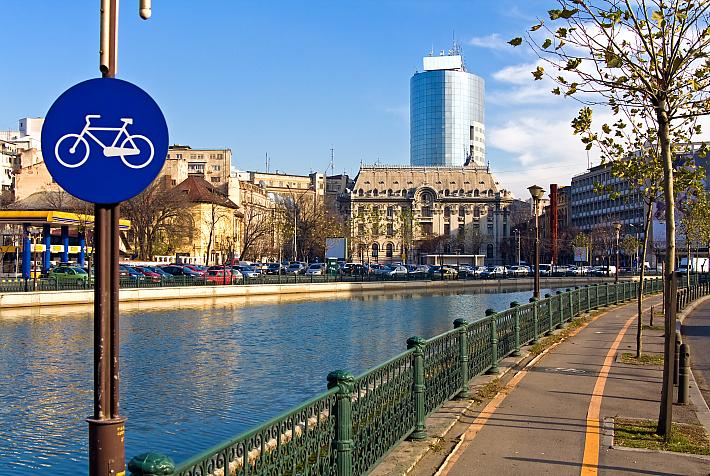Romania’s anti-graft directorate maps corruption areas in public healthcare

Many of the structural and functional areas of the public healthcare system are affected by corruption, an analysis by Romania’s Anticorruption Directorate (DNA) found.
The analysis, based on DNA cases with final court convictions ruled between 2015 and 2017, identified five areas where corruption is present. These are: public procurement, the medical services, the budgets of the medical units, the access of the staff to the medical system, and the release of authorizations for pharmacies.
“Bribing becomes a requirement assumed by the patient, companies, and hospital managers in the absence of real alternatives,” the DNA explained in a release.
While patients make “informal payments for the medical act to be performed,” bribes are also made for various other medical checks, like the one evaluating a person’s ability for work. “The beneficiaries of the medical services, upon request or out of their own initiative, offer bribe to doctors in order to make sure that they benefit from a public health service,” the DNA said.
The access of staff to the healthcare system also depends on bribes. The DNA found standard bribe levels required when getting hired in a hospital. For instance, a caretaker position required a bribe of EUR 1,500, that of a nurse of EUR 2,500, and that of a driver on an ambulance of EUR 1,000. An administrative post was associated with bribe of EUR 1,000 – EUR 1,500, Laura Codruța Kovesi, the DNA head, explained, quoted by StirileProtv.ro.
In the area of public acquisitions, the DNA identified two main patterns. The first refers to conditioning the granting and rolling out of contracts to a bribe, which stood at 5% – 20% of the value of the contract and was covered from the hospital’s budget.
The second covered various frauds in the public acquisition process. Some of the cases surveyed by the DNA were the planning of useless acquisitions, overvaluing of contracts, avoiding the public bid procedure, drafting the task book so as to favor certain companies, or the payment of unperformed or poorly-performed contracts.
The DNA found that the budgets of the medical units were also affected by corruption, in cases when the budgeting was conditioned by payments to the president of the county Health Insurance House. Bribes also accompany the process of negotiating, signing and implementing a financing contract.
Illegal payments were also made to ease the issuing of authorizations for pharmacies and for their release in a shorter time than usual. Bribing was also used as an incentive to follow the legal deadlines for the issuing of authorizations, the same analysis found.
Romanian healthcare employees reach deal with Govt. on bonuses
editor@romania-insider.com











